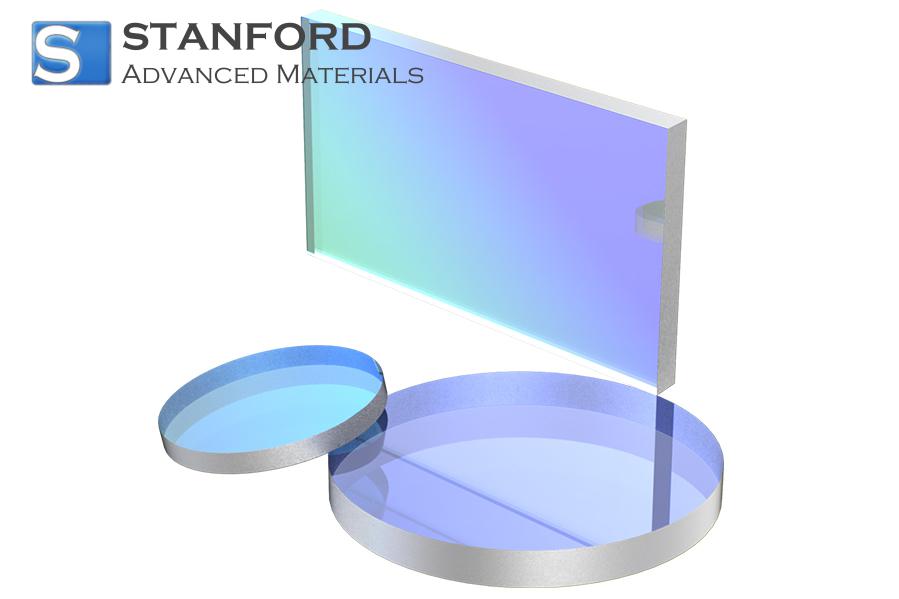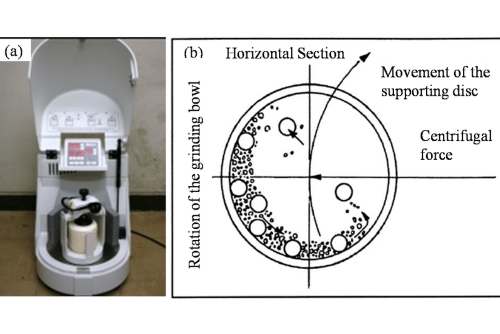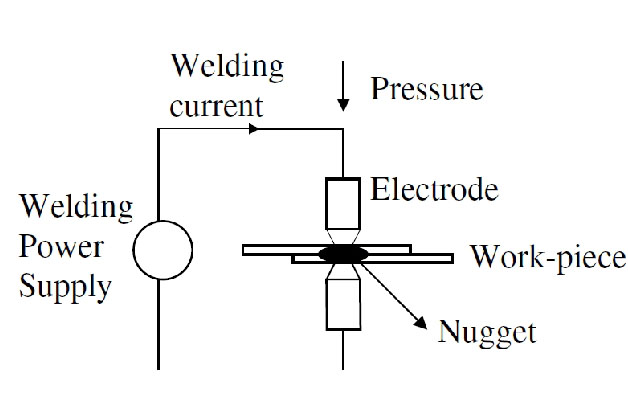Niobium-Titanium Alloys In High-Performance Capacitors, Optical Coatings, And Conductive Components
Description
Niobium-Titanium alloys are utilised in various devices. They are employed in modern equipment. Their strength and stability render them effective. This article explains how these alloys support high-performance capacitors, improve optical coatings and manufacture stable conductive components.
What are Niobium-Titanium Alloys?
Niobium-Titanium Alloys are mixtures of niobium and titanium. A common composition is approximately 47.5% niobium and 52.5% titanium. They provide a balanced combination of mechanical strength and electrical performance. The alloys perform well under demanding conditions. They exhibit good resistance to wear and withstand high temperatures. They have been employed in high-technology applications for many years. Their consistent performance ensures their use in the design of many devices.
High-Performance Capacitors
Capacitors store electrical charge and manage pulses in circuits. High-performance capacitors require materials that do not degrade rapidly. Niobium-Titanium alloys provide a uniform electrical flow and handle rapid current fluctuations. They are used as electrode materials in certain modern capacitors. In capacitors for aerospace or military systems, niobium-titanium electrodes may be employed, given that they maintain stable performance under load. In many instances, these alloys contribute to maintaining consistent functionality when the frequency exceeds 100 kilohertz. This renders them a suitable choice for the development of modern capacitors.
Optical Coatings
Optical coatings control the incidence of light on a surface. They are applied to reduce glare or to increase reflectance. Niobium-Titanium alloys assist in producing such coatings. When deposited as thin films, the alloys form permanent layers on glass or other substrates. Manufacturers utilise these layers in sectors such as photography and astronomy. In some cases, the coating thickness is only a few nanometres. This thin layer leads to measurable improvements in image clarity and protection. The stability of niobium-titanium alloys ensures that the coatings do not wear quickly, even when subjected to varying temperatures and environmental conditions.
Conductive Components
Many devices use materials that conduct electricity while retaining structural integrity. Niobium-Titanium alloys perform well for conductive components. Their excellent conductivity permits their use for wiring in high-frequency circuits. They also operate in systems that function at very low temperatures. Superconducting magnets in medical imaging and particle accelerators rely on these alloys to operate correctly. Their capability to withstand high loads and low temperatures facilitates efficient current conduction. In several designs, the application of niobium-titanium alloys reduces energy loss and improves overall device performance.
Further reading: List of Superconductors and How They Work
Conclusion
Niobium-Titanium alloys play a key role in various high-technology applications. They support the performance of high-capacity capacitors, enhance the quality of optical coatings and ensure consistent conductivity in critical components. Further applications are detailed at Stanford Advanced Materials (SAM).
Frequently Asked Questions
Q: Are Niobium-Titanium alloys effective conductors at low temperatures?
Q: Yes, they maintain their electrical conductivity and mechanical strength in cryogenic environments.
Q: Are these alloys used in aerospace and medical devices?
Q: Yes, they are frequently implemented in systems such as MRI equipment and aircraft circuit boards.
Q: Do Niobium-Titanium alloys resist corrosion and wear?
Q: Yes, their composition provides resistance to corrosion and wear under harsh conditions.

 Bars
Bars
 Beads & Spheres
Beads & Spheres
 Bolts & Nuts
Bolts & Nuts
 Crucibles
Crucibles
 Discs
Discs
 Fibers & Fabrics
Fibers & Fabrics
 Films
Films
 Flake
Flake
 Foams
Foams
 Foil
Foil
 Granules
Granules
 Honeycombs
Honeycombs
 Ink
Ink
 Laminate
Laminate
 Lumps
Lumps
 Meshes
Meshes
 Metallised Film
Metallised Film
 Plate
Plate
 Powders
Powders
 Rod
Rod
 Sheets
Sheets
 Single Crystals
Single Crystals
 Sputtering Target
Sputtering Target
 Tubes
Tubes
 Washer
Washer
 Wires
Wires
 Converters & Calculators
Converters & Calculators
 Write for Us
Write for Us





 Chin Trento
Chin Trento



